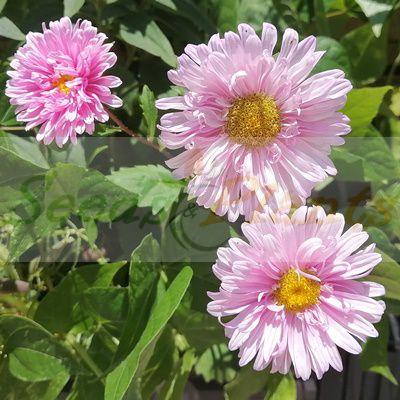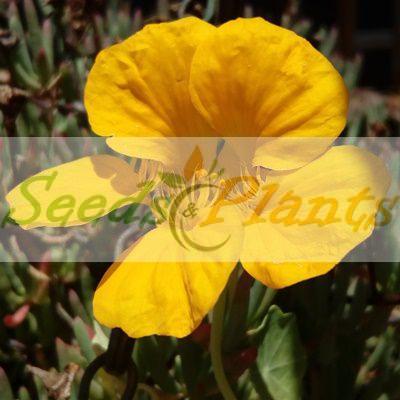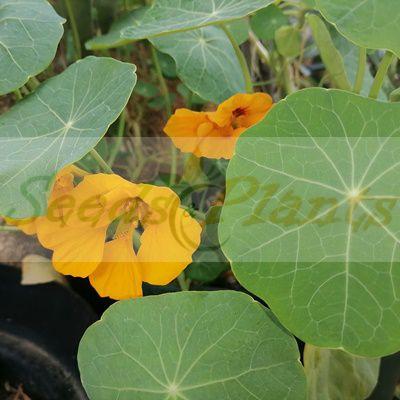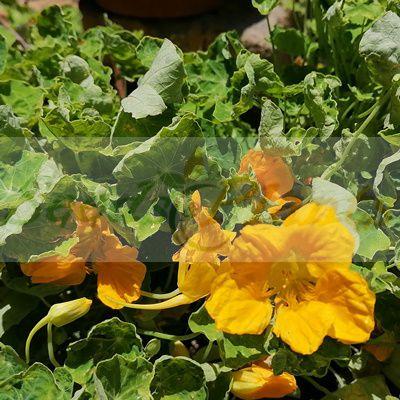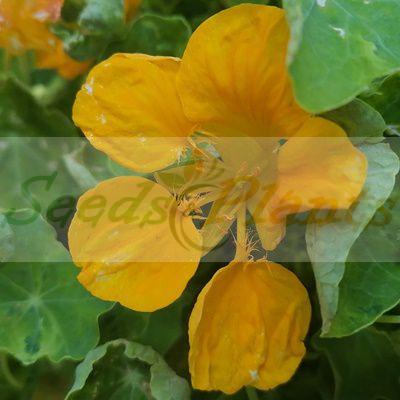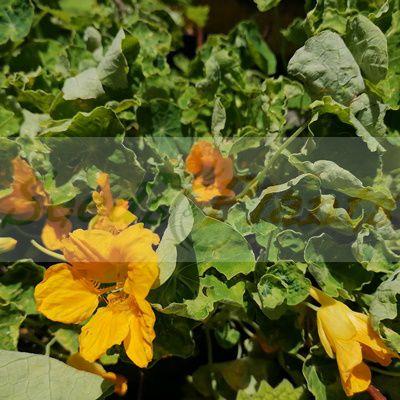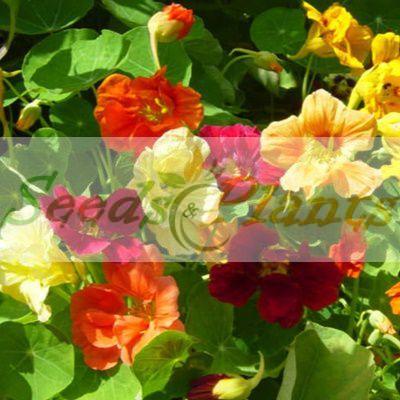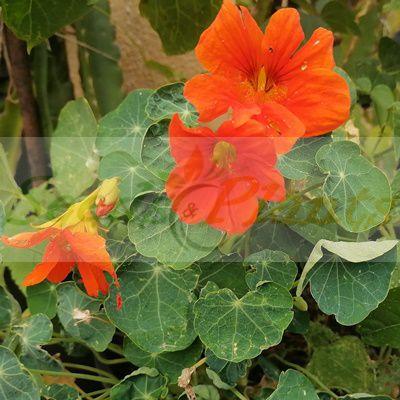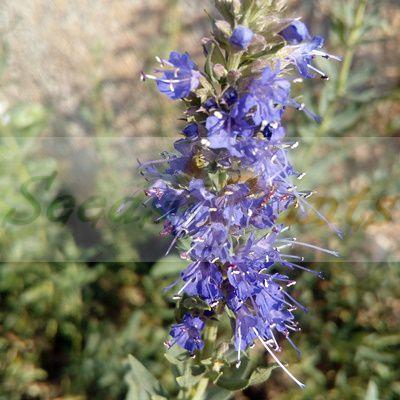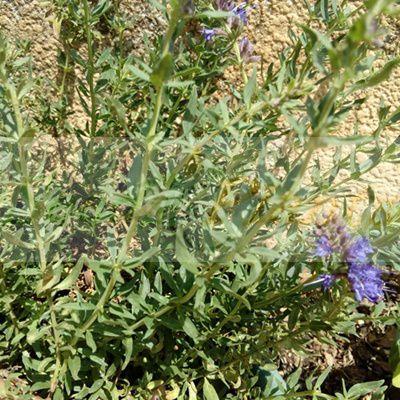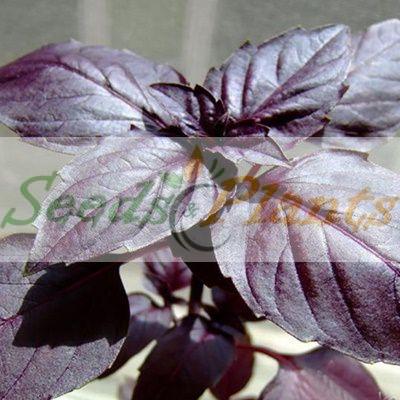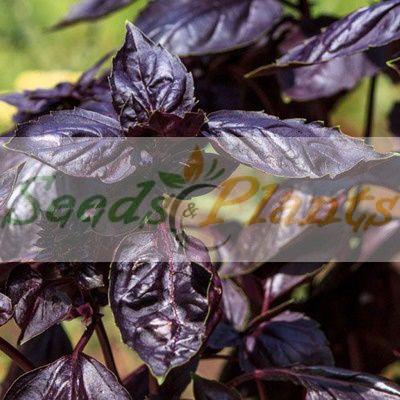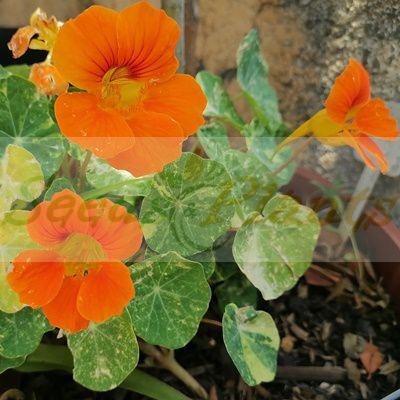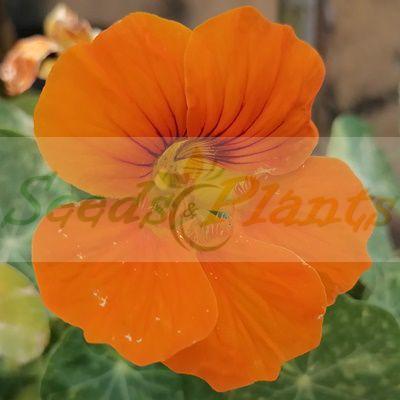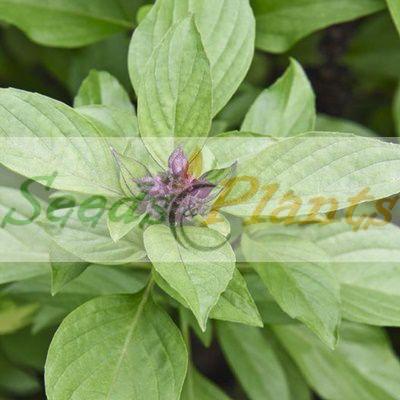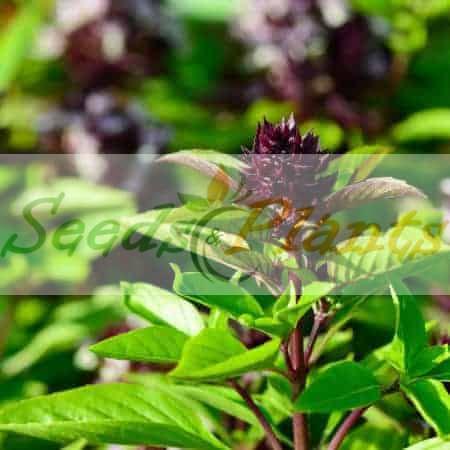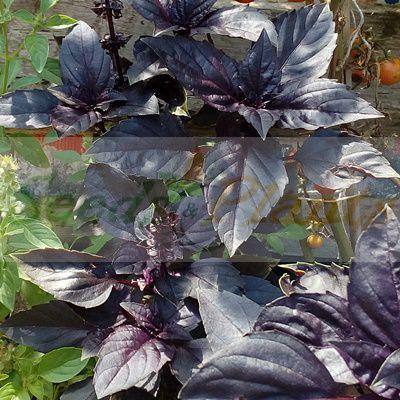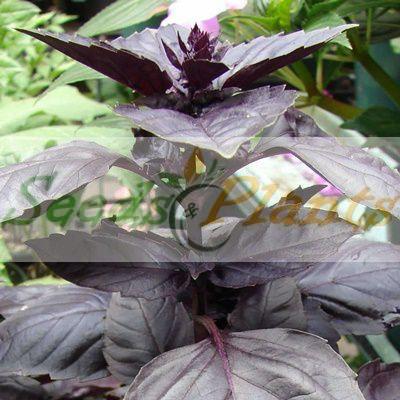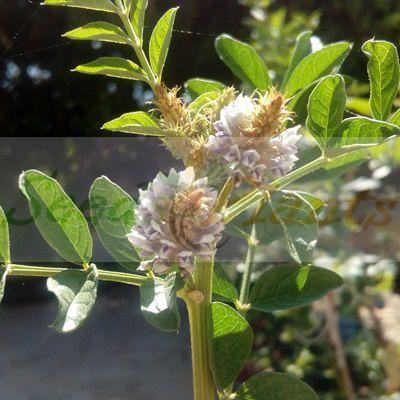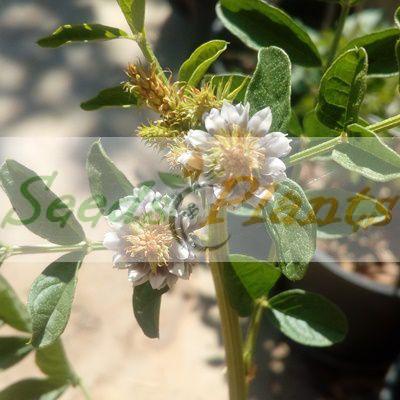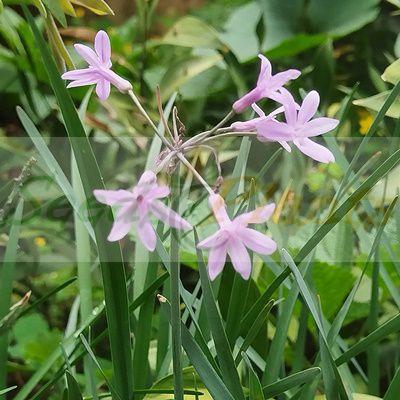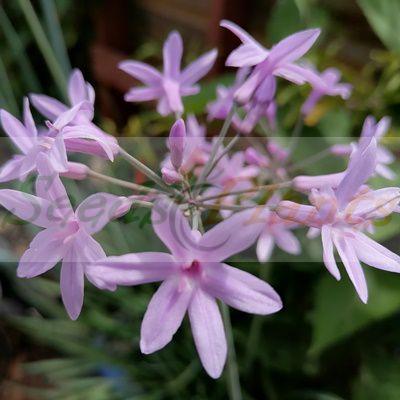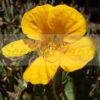🌼 Flower Quick Facts
Flower Info
- 🌍 Origin / Region: South America
- 🌸 Flower Color: Gold, Yellow
- 🦋 Pollinator Method: Attracts Bees, Attracts Butterflies, Attracts Hoverflies, Attracts Hummingbirds, Attracts Moths, Self-pollinating
- 🔁 Pollination Needs: Needs Only 1 Plant
Medicinal Info
- 🌿 Medicinal Part: Flower, Leaf, Pods
- 🍵 Herbal Preparation: Extract / Tincture, Infusion / Tea, Juice
Culinary Info
- 🍽️ Culinary Use: Caper Substitute, Chive Substitute, Egg Dishes, Garnish, Oils / Vinegars, Pickling, Salads, Stir-frying, Wrapping
- 🥗 Edible Part: Flower, Leaf, Seed Pods, Stem
- 😋 Flavor Profile: Peppery
Growth Traits
- 🌱 Life Cycle: Annual
- 🌾 Plant Type: Herbaceous Annual
- 🪴 Growth Habit: Compact, Low-Growing
Growing Requirements
- 🌞 Sun Exposure: Full Sun, Partial Shade
- 💧 Water Needs: Avoid Overwatering, Moderate Water
- ☀️ Growing Conditions: Drought Tolerant, Frost Sensitive
- 🟤 Soil Preference: Moderately Fertile, Poor
Nasturtium Golden Jewel – 5 Seeds
(Tropaeolum Majus)
R30.00
Nasturtium Golden Jewel’s vivid flowers stand out like golden beacons against the rich, green foliage of the compact, tidy plants.
All parts of the plant are edible and the plant also has medicinal uses
Common Names: Garden nasturtium and Indian cress.
Indoor Sowing: Not Recommended.
Direct Sowing: Spring and Summer.
In stock
🌼 Flower Quick Facts
Flower Info
- 🌍 Origin / Region: South America
- 🌸 Flower Color: Gold, Yellow
- 🦋 Pollinator Method: Attracts Bees, Attracts Butterflies, Attracts Hoverflies, Attracts Hummingbirds, Attracts Moths, Self-pollinating
- 🔁 Pollination Needs: Needs Only 1 Plant
Medicinal Info
- 🌿 Medicinal Part: Flower, Leaf, Pods
- 🍵 Herbal Preparation: Extract / Tincture, Infusion / Tea, Juice
Culinary Info
- 🍽️ Culinary Use: Caper Substitute, Chive Substitute, Egg Dishes, Garnish, Oils / Vinegars, Pickling, Salads, Stir-frying, Wrapping
- 🥗 Edible Part: Flower, Leaf, Seed Pods, Stem
- 😋 Flavor Profile: Peppery
Growth Traits
- 🌱 Life Cycle: Annual
- 🌾 Plant Type: Herbaceous Annual
- 🪴 Growth Habit: Compact, Low-Growing
Growing Requirements
- 🌞 Sun Exposure: Full Sun, Partial Shade
- 💧 Water Needs: Avoid Overwatering, Moderate Water
- ☀️ Growing Conditions: Drought Tolerant, Frost Sensitive
- 🟤 Soil Preference: Moderately Fertile, Poor
Nasturtium Golden Jewel (Tropaeolum Majus) Seeds.The vivid flowers stand out like golden beacons against the rich, green foliage of the compact, tidy plants. It is superb for brightening beds, borders and containers.
Nasturtiums were one of the first New World plants to become popular in European flower gardens. However, they weren’t introduced as a flower but as a vegetable. The Incas used it as a salad crop and medicinal herb.
Nasturtium is a fast-growing annual that today is usually offered in its compact, non-vining form, but its true character is that of a weak-climbing vine or sprawler. It has semi-succulent, peppery tasting leaves that are round with the petiole attached in the center of the leaf blade.
All parts of the plant are edible. The flowers make a colorful addition to a leafy salad.
Nasturtium Medicinal Uses
- Nasturtium is mostly known as an expectorant and disinfectant.
- Its antibacterial, anti-fungicide and antibiotic properties make it an amazing plant to help relieve infections, both internally as externally, as in disinfecting wounds and cuts.
- Its high content of vitamin C together with other phytonutrients make it a good herb to treat scurvy.
- Nasturtium clears out mucous conditions, which combined with its antibiotic properties allows it to be effectively used to treat bronchitis, respiratory infections and to relieve chest conditions in general.
- It is also acclaimed for its healing work in ailments of the urinary tract and as depurative.
Growing Nasturtium Golden Jewel
Indoor Sowing: Not Recommended.
Direct Sowing: Spring and Summer.
- Nasturtiums do not transplant well, therefore indoor sowing is not recommended.
- They grow best in full sun or light shade in average soil.
- They can be direct sown in the garden.
- Soak seeds in water overnight.
- Then sow the seeds 8-15 cm apart and 1cm deep, in well-draining, moist soil.
- Keep soil moist until germination.
- Plants grow best in full sun or light shade in average soil.
- They combine well with other plants in mixed containers.
- Heavy feeding and too much water increases foliage growth at the expense of flowers.
Can this plant be used for culinary purposes?
Nasturtium Golden Jewel is traditionally used for culinary purposes such as caper substitute and chive substitute.
Disclaimer
Medicinal Information:
All medicinal information on this website is for educational and informational purposes only and may not be construed as medical advice. The information is not intended to replace medical advice or treatment offered by healthcare professionals.
Seeds, Plants, Plant Cuttings, Geophytes and Dried Herbs:
In some countries and provinces, certain plants are deemed as invasive and are not allowed to be planted at all, whilst some plants are allowed to be grown only in certain areas or provinces. The onus is on you as the buyer to familiarize yourself with the regulations pertaining to your location, before purchasing any of our seeds, plants, plant cuttings, geophytes or dried herbs. We will not be held liable, should you purchase any seeds, plants, plant cuttings, geophytes or dried herbs. from us which are prohibited in your country or province.

